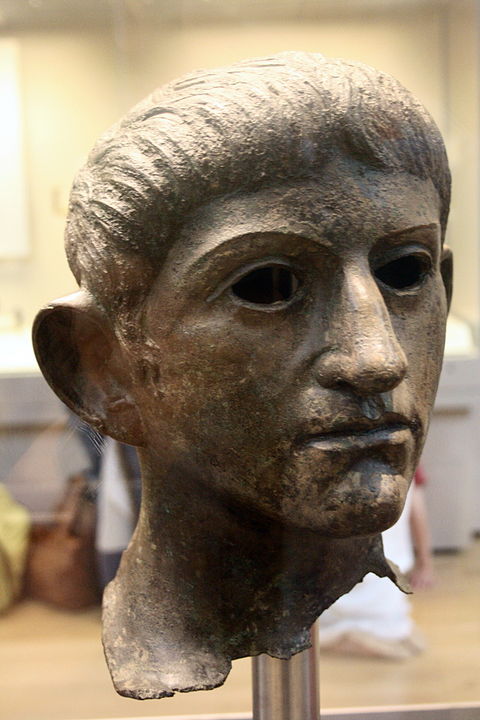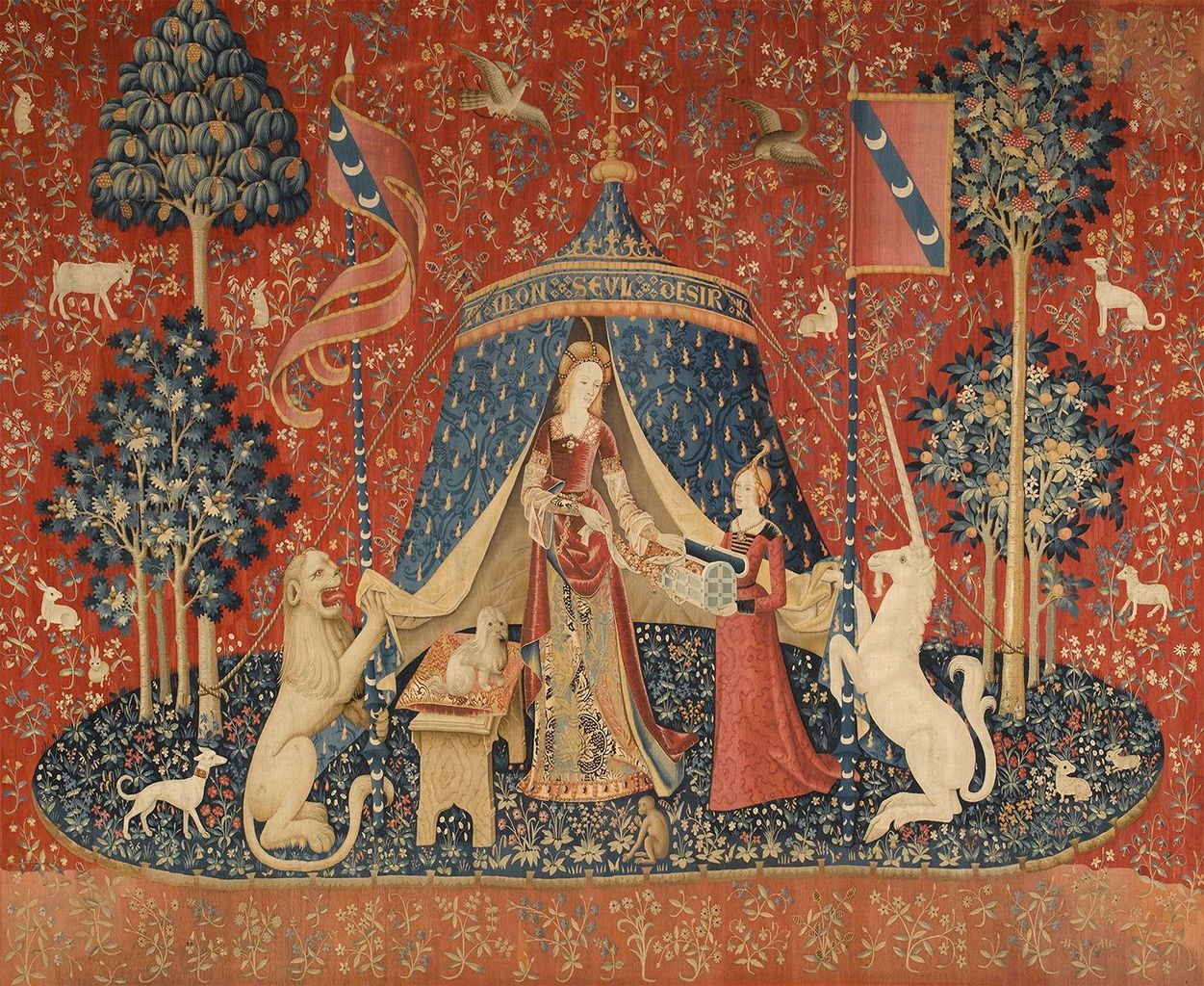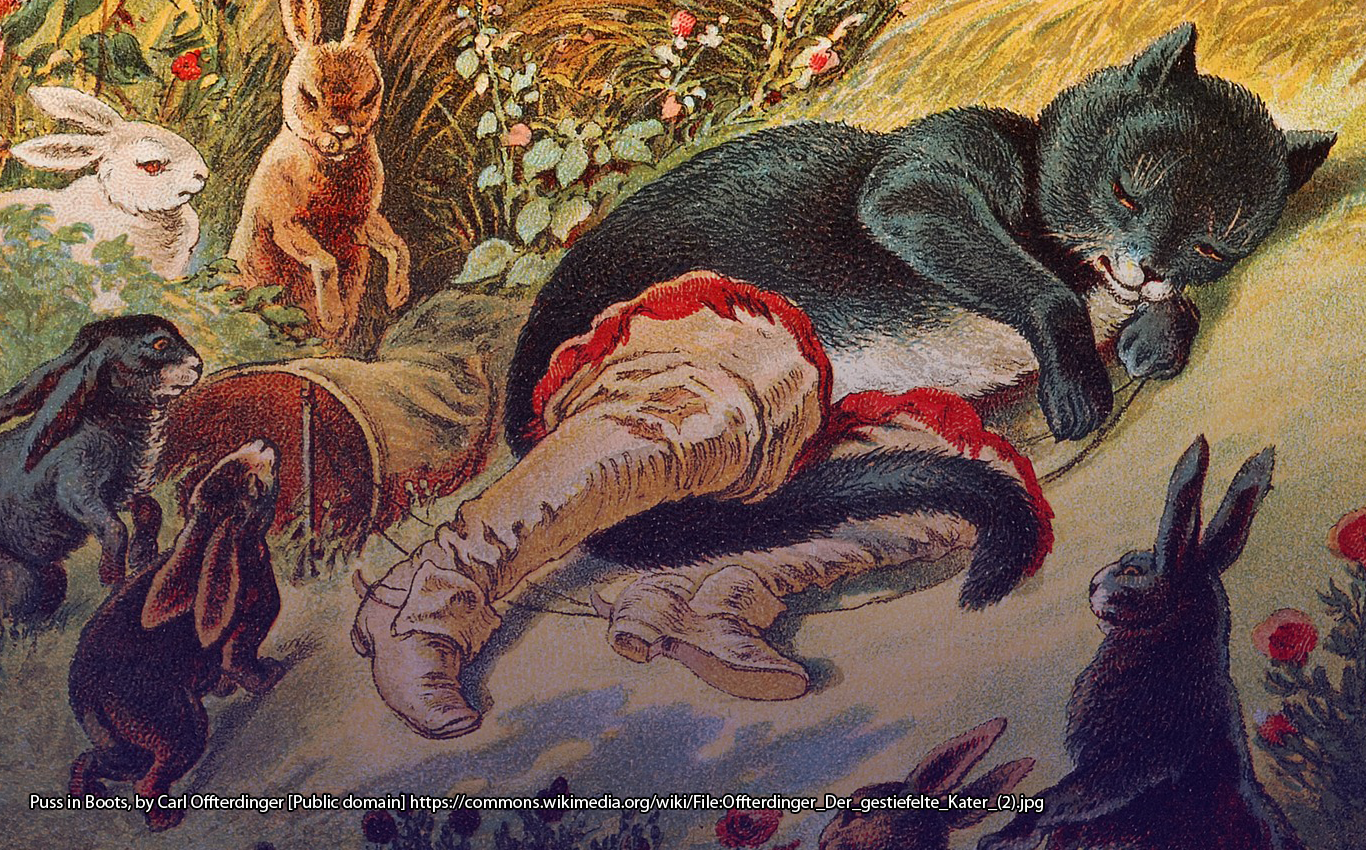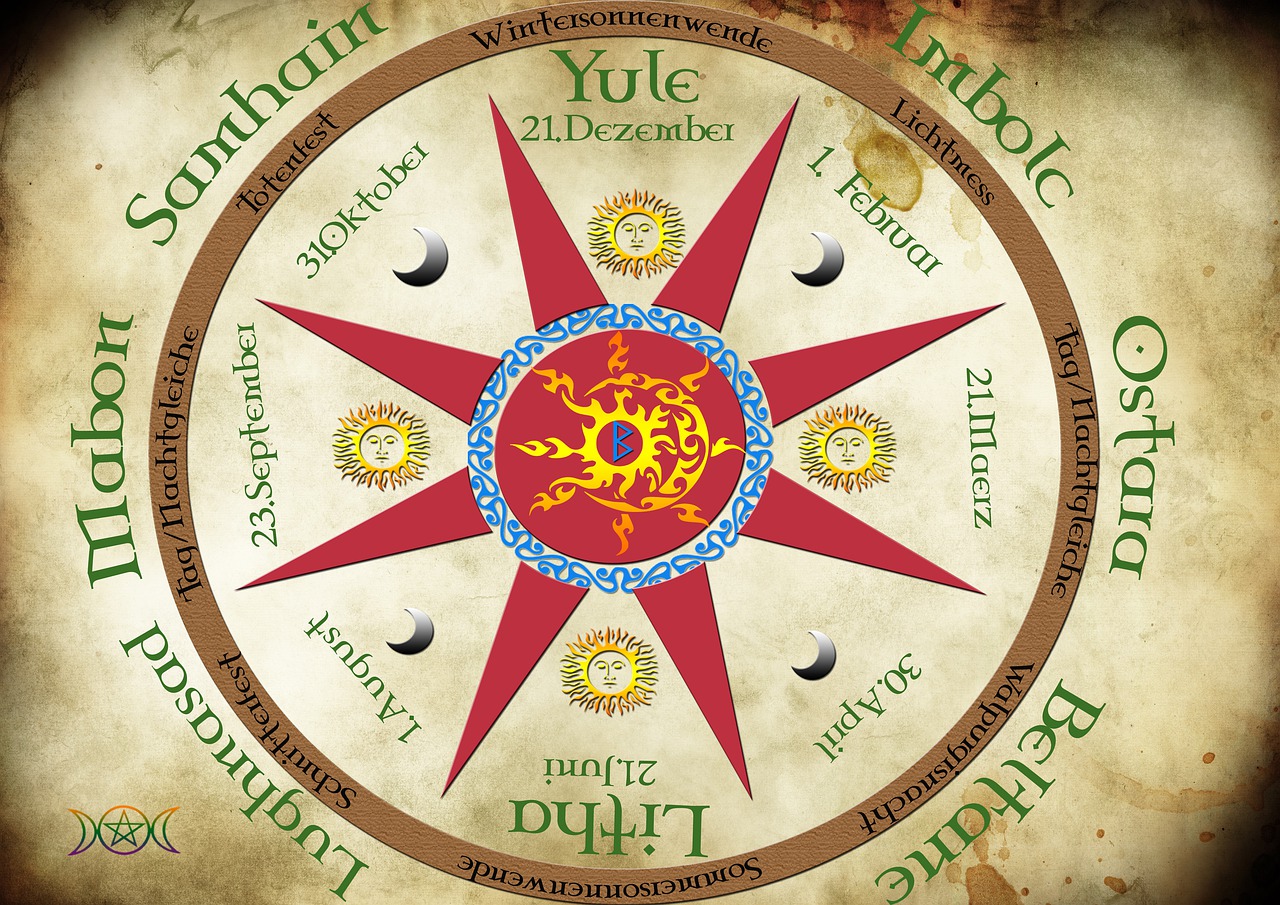Queen Boudica, ruler of the Iceni people of Britain, was famous for leading a violent uprising against Roman rule. Although she had early success, the rebellion ultimately failed, but made her into a legend and a folk heroine of the British people. Here we look briefly at how Boudica is presented in history, the causes of the rebellion, its successes and its ultimate failure and how she became perceived in later centuries.
Boudica
One major source of information on Boudica came from the Roman historian, Tacitus, writing some years after Boudica’s rebellion. Another important source was Cassius Dio writing after Tacitus. Cassius Dio described her as being tall with a harsh voice and piercing eyes with long tawny or reddish hair hanging down to her waist. She would often wear colourful clothing and a golden necklace, possibly a torc, which was a token of royalty. Around her shoulders she wore a cloak fastened by a brooch.
She was married and had two young daughters whose names are unknown. Her husband Prasutagus had ruled as a client-king of Rome and his realm was roughly the area of modern Norfolk. As a client-king he had entered into an alliance with Rome which allowed him to rule and receive Roman patronage in return for recognising its overall authority and keeping law and order. When he died he left his kingdom jointly to the emperor and his two daughters, perhaps hoping to avoid trouble. Despite this, his kingdom and property was annexed by Rome and his family maltreated, sowing the seeds of rebellion among the Britons.

Seeds of Revolt
It was not just the Iceni who rebelled. Their neighbours, the Trinovantes, and others also joined in. According to Tacitus, the Trinovantes had long standing grievances against Rome. They were especially aggrieved with the retired veterans of the Roman military of Camulodunum, modern day Colchester. They had driven people from their homes and farms, treating them as slaves and captives. To make matters worse, the Trinovantes were forced to fund a temple dedicated to the former emperor, Claudius. The heavy handed manner in which the Romans treated Boudica and her daughters appears to have been the spark that set the southeast of Britain ablaze. According to Tacitus, Boudica was beaten with rods, her two young daughters raped, and the estates of the Iceni nobles confiscated.

Rebellion
When Gaius Suetonius Paulinus, the Roman Governor of Britain, led a military campaign to the Isle of Mona (Anglesey) against rebels and druids, Boudica seized the opportunity. She raised a rebel army of Iceni, Trinovantes and others and moved on Camulodunum. The Roman defenders appealed to procurator Catus Decianus for aid but he only sent two hundred auxiliaries to defend the city. Boudica attacked and took the city, destroying it and besieging the remaining defenders in the temple for two days before that also fell. A bronze statue of Nero was decapitated, and she took the head as a trophy for her army. A legion led by Quintus Petillius Cerialis tried to intervene but was soundly defeated, with all the infantry killed and only the commander and a few of the cavalry escaping.
Hearing of the fall of Camulodunum, Suetonius returned south along the Watling Street to Londinium. Although he thought about defending the city he decided he lacked the numbers and evacuated the citizens, leaving it to Boudica and her rebels, who burnt the city, killing anyone left behind. Her next target was Verulamium, now St. Albans, which was also destroyed.
According to Tacitus the destroying of the three cities had resulted in between seventy and eighty thousand deaths although this may have been an exaggeration. He reported that the rebels took no prisoners not even to sell, killing all who came into their hands. Dio gave a more graphic account of the rebel’s treatment of prisoners who were killed by various forms of mutilation and sacrifice accompanied by lewd, wanton rituals and banquets.
Rome Hits Back
While Boudica sacked Verulamium, Suetonius was regrouping and marshalling his forces. Despite being unable to match the numbers of Boudica’s rebel army, he decided to make a stand possibly somewhere in the West Midlands near Watling Street. Despite their early successes and their greater numbers, the Britons were believed to be poorly armed and Suetonius showed great confidence in the superior discipline, tactics and better armaments of his own troops.
Furthermore he had chosen his position wisely, and the lay of the land worked to the advantage of the Romans. He positioned his troops in front of a forest at the head of a narrow valley that opened on to a plain. The forest impeded an attack on the rear of his army while the narrow valley prevented and attack on the flanks and the open plain prevented a surprise ambush. His tactics prevented Boudica employing a massive overwhelming assault that could have quickly over powered his forces. Suetonious closely ordered his legions in the centre, placing his auxiliary foot soldiers on the flanks with the cavalry in the wings.
Before her attack Boudica made a speech to her army from her chariot with her daughters by her side hoping to inspire victory,
“It is not as a woman descended from noble ancestry, but as one of the people that I am avenging lost freedom, my scourged body, the outraged chastity of my daughters … This is a woman’s resolve; as for men, they may live and be slaves.”
This speech had been inspired by the ancestors of her own people who had driven out Julius Caesar and by Arminius, a prince of the Cherusci. He had led an alliance of Germanic people that decisively defeated the Romans at the the Battle of the Teutoburg Forest in AD 9.
According to Dio, at the onset of events Boudica had employed a form of ritual divination. This involved releasing a hare and interpreting the direction it had run and calling upon Andraste, the Iceni goddess of war, to bring success. Boudica led her forces into the valley which forced them into a compressed mass. The Romans let loose their javelins, killing many but also damaging the shields of the Britons. This gave the highly disciplined Romans an advantage in close quarter fighting Auxiliaries and cavalry attacked quickly in tight wedge formations. When the cavalry broke through the rebel ranks the Britons took flight. However their escape was blocked by wagons carrying their equipment, families and followers. The legionnaires gave no mercy putting even women, children and animals to the sword. Boudica and her rebel army were routed. Some accounts gave British deaths in the region of eighty thousand against around four hundred Romans killed and about the same number wounded. The fate of Boudicca is not clear with Tacitus claiming she committed suicide, possibly by poisoning to avoid being capture alive, yet according to Cassius Dio she was taken ill and died.
Legacy
She was later portrayed in art, literature, poems and plays through the Elizabethan and later periods and in cinema, TV and just about every other media in modern times. Elizabeth I found it useful to invoke her name during the time of the danger to the country from the Spanish Armada. From the late 15th century to the early 17th century, Boudica became popular becoming a national and cultural heroine.
Uniquely she managed to destroy London in her rebellion against the imperialist might of Rome. Yet, centuries later, a bronze sculptural work of her driving a war chariot was erected at the instigation of Prince Albert to honour her in the city she had burnt. She was portrayed in a warlike pose while wielding a spear with her two young daughters by her side. This bronze work was called Boadicea and Her Daughters, and was begun by Thomas Thornycroft in 1856 and cast by J W Singer in Frome and finally installed in its current position in 1902 a year after QueenVictoria died.
Her name Boudica, Boudicca or Boadicea – or similar variants in spelling – is said to mean “victory” just as the name “Victoria” does. The statue appears to represent Boudica as defender of the nation and principles of the Victorians. However, Boudica became more than a symbol of imperial power. She was also a fearless female rebel who took on the might of the highly patriarchal Roman Empire, and was to become an inspiration for the British suffragettes in their struggle for female enfranchisement.
Inspiring the Suffragettes
As a woman, widowed with at least two children, the qualities that people would traditionally call female were plain to see. Yet after the maltreatment inflicted upon her and her young daughters by the Romans, other, less ‘traditionally female’ qualities emerged, transforming her into a powerful, avenging force. Qualities of leadership, intelligence, aggression, courage and assertiveness in a struggle to free her people came to the fore. Such attributes were seen as subversive for women to openly display in a patriarchal society, but were some of the very qualities that the suffragettes were keen to promote as acceptable in women to help and inspire their struggle against the system.
More articles in the ‘Living World of the Ancient Celts‘ series:
- Animism and the Living World of the Ancient Celts
- Celtic Warrior Women: Queen Boudica of the Iceni
- Sacred Celtic Trees
- Magical Celtic Cauldrons
- Shapeshifters in Celtic Mythology
- Celtic Otherworlds
To read all the articles in this series, visit the ‘British Legends Series’ page or select from the list below:
- British Legends: The Quest for the Holy Grail
- British Legends: The Founding of Britain: Brutus of Troy and the Prophecy of Diana
- British Legends: The Mabinogion – The Dream of Macsen Wledig
- British Legends: Gogmagog and the Giants of Albion
- British Legends: Treachery, Murder, Lust and Rowena: The Rule of Vortigern
- British Legends: The Origin of Albion and the Bloodlust of Albina and Her Sisters
- British Legends: The Lust of Uther Pendragon, Merlin’s Prophecy and the Making of a King
- British Legends: Aurelius Ambrosius, Legendary King of the Britons
- British Legends: Elen of the Hosts – Saint, Warrior Queen, Goddess of Sovereignty
- British Legends: Beowulf and the Great Flame Dragon
- British Legends: The Divine Tragedy of Guinevere
- British Legends: The Tragic Romance of Tristan and Isolde
- British Legends: Morgan le Fay – Magical Healer or Renegade Witch?
- British Legends: The Madness of Merlin (Part 1)
- British Legends: The Madness of Merlin (Part 2)
- British Legends: Warrior Women — The Battle of Britomart and Radigund the Amazon Queen
- Mythical Beasts: The Griffin, the Legendary King of All Creatures
- British Legends: King Lear and Cordelia – A Tale of Love and Foolishness
- British Legends: Wild Edric, the Wild Hunt and the Bride from the Otherworld
- British Legends: The Outlaws of Inglewood and the Feminine Influence

![Boadicea, leader of the rebellion against the Romans. By Joseph Martin Kronheim (1810–96)[1] - This file has been extracted from another file: Pictures of English History - Plates I to IV.jpg, Public Domain, https://commons.wikimedia.org/w/index.php?curid=12705208](https://folklorethursday.com/wp-content/uploads/2020/10/Pictures_of_English_History_Plate_IV_-_Boadicea_and_Her_Army.jpg)










